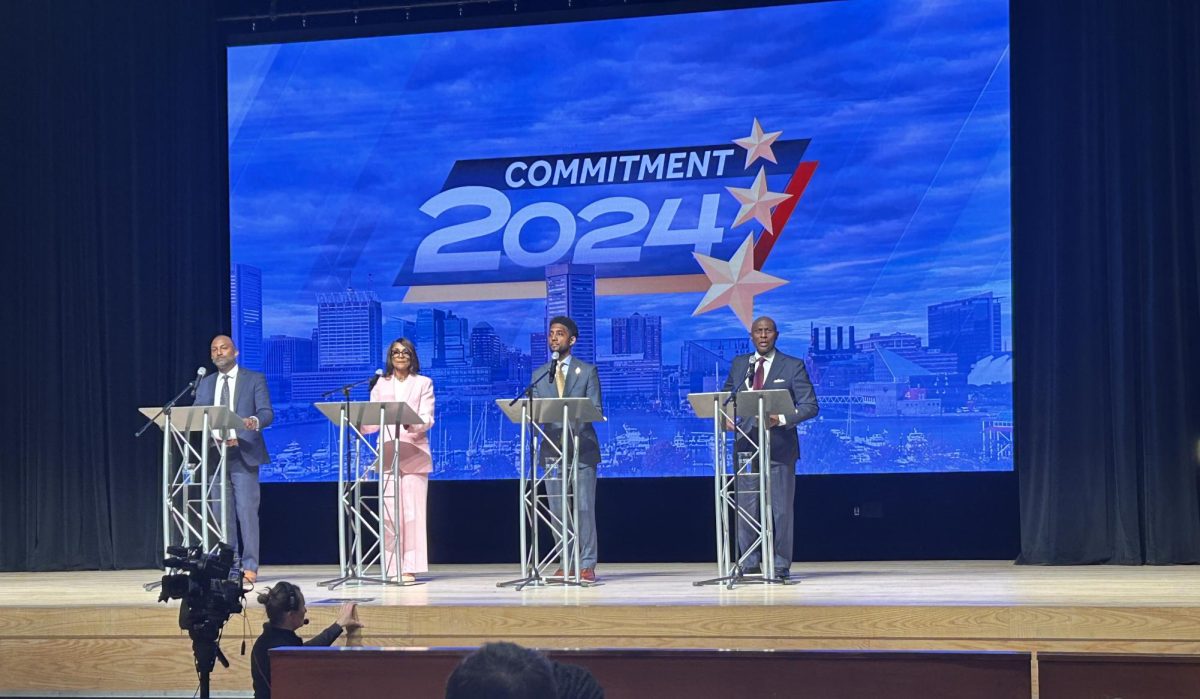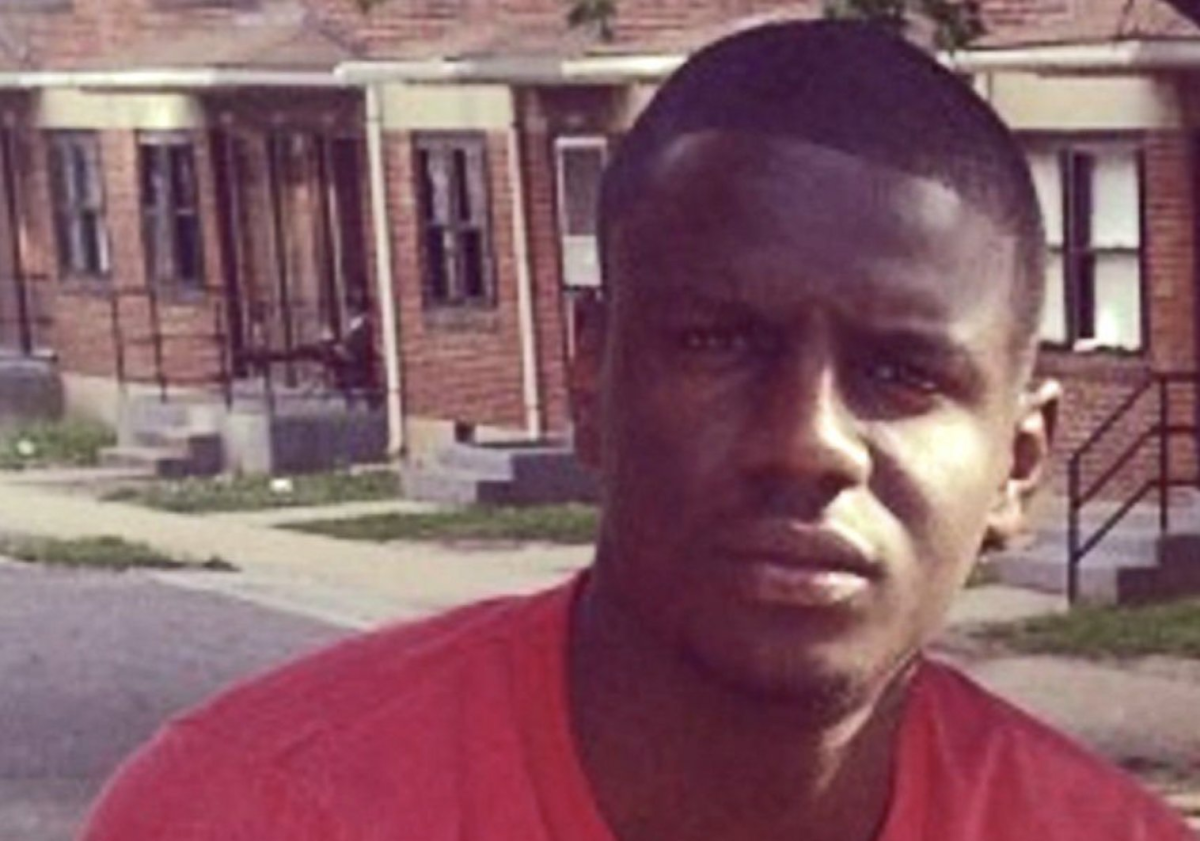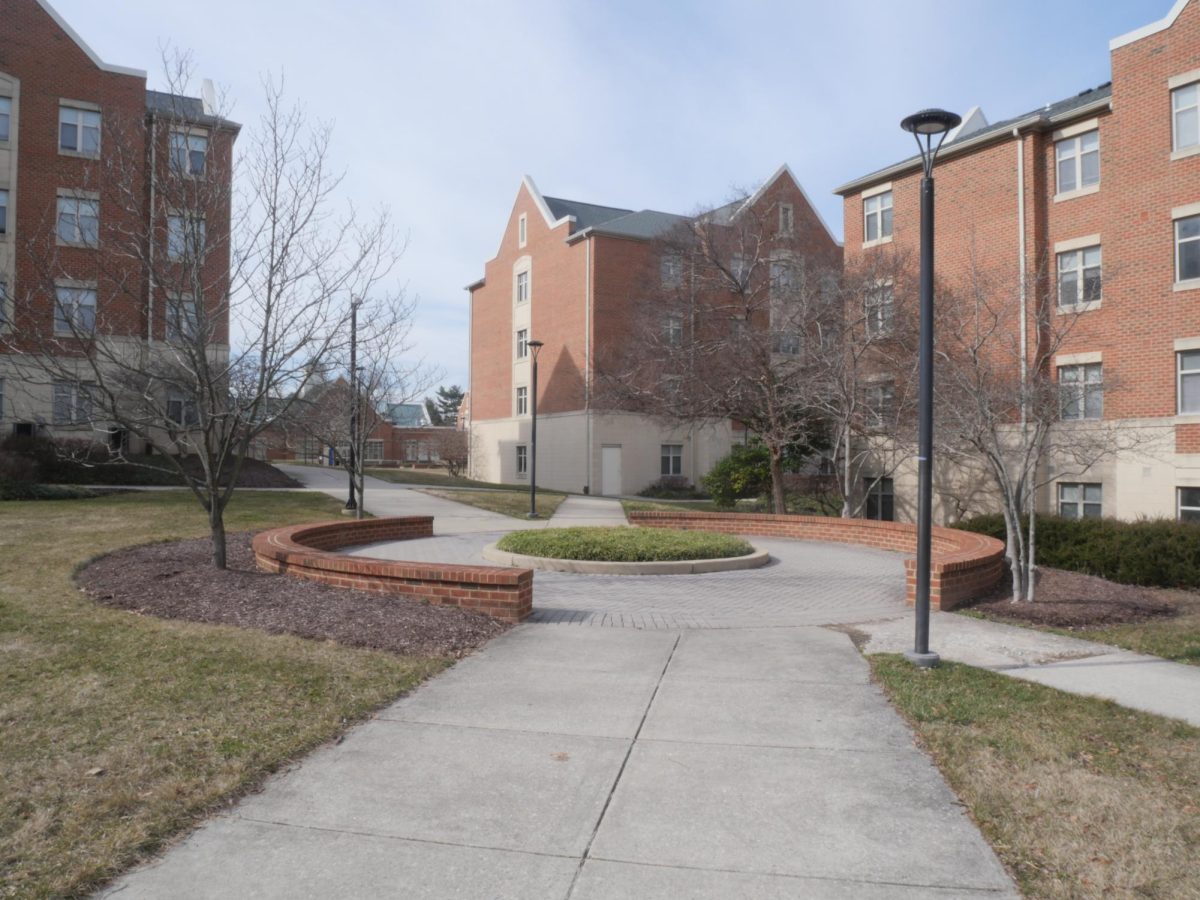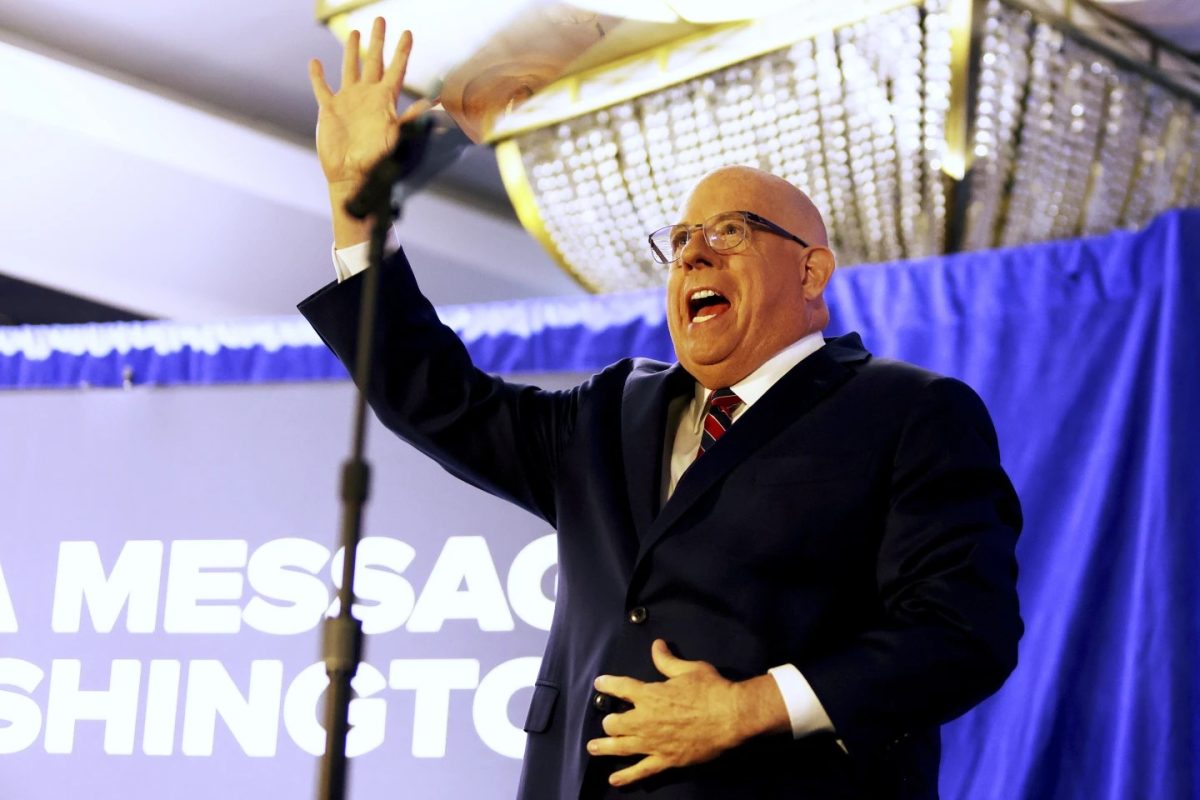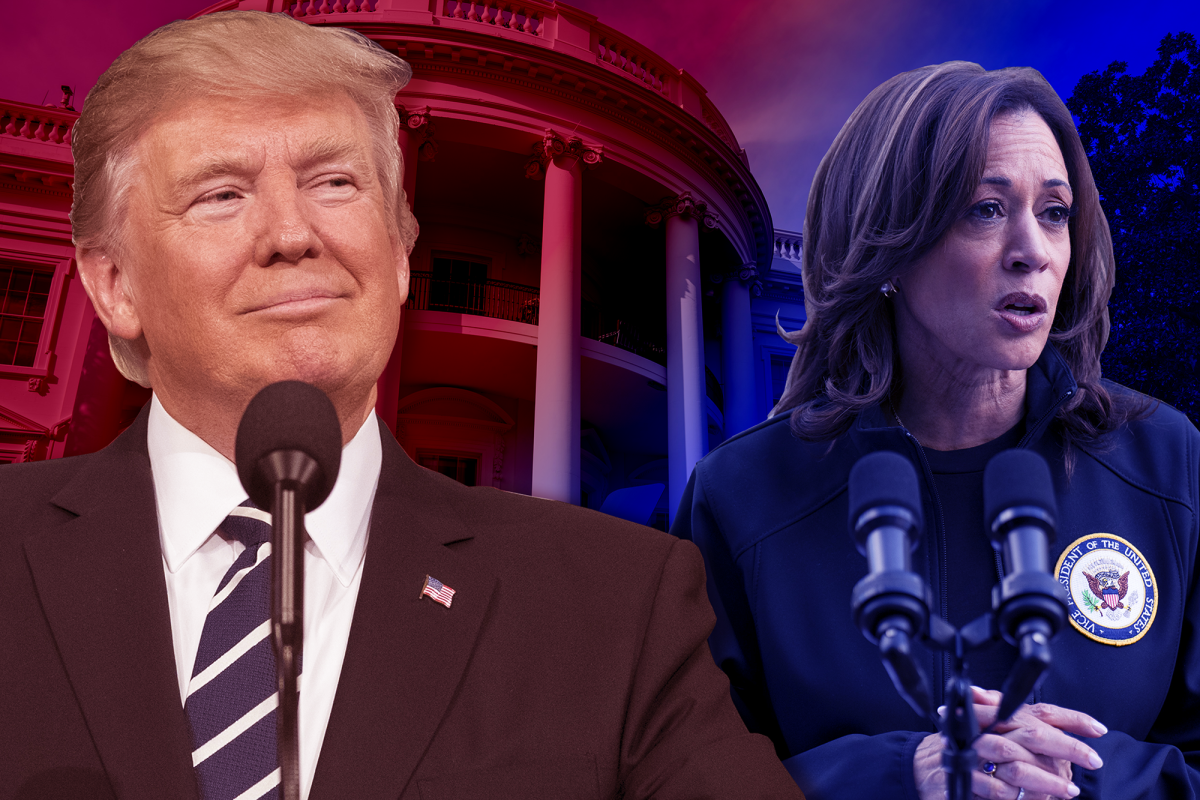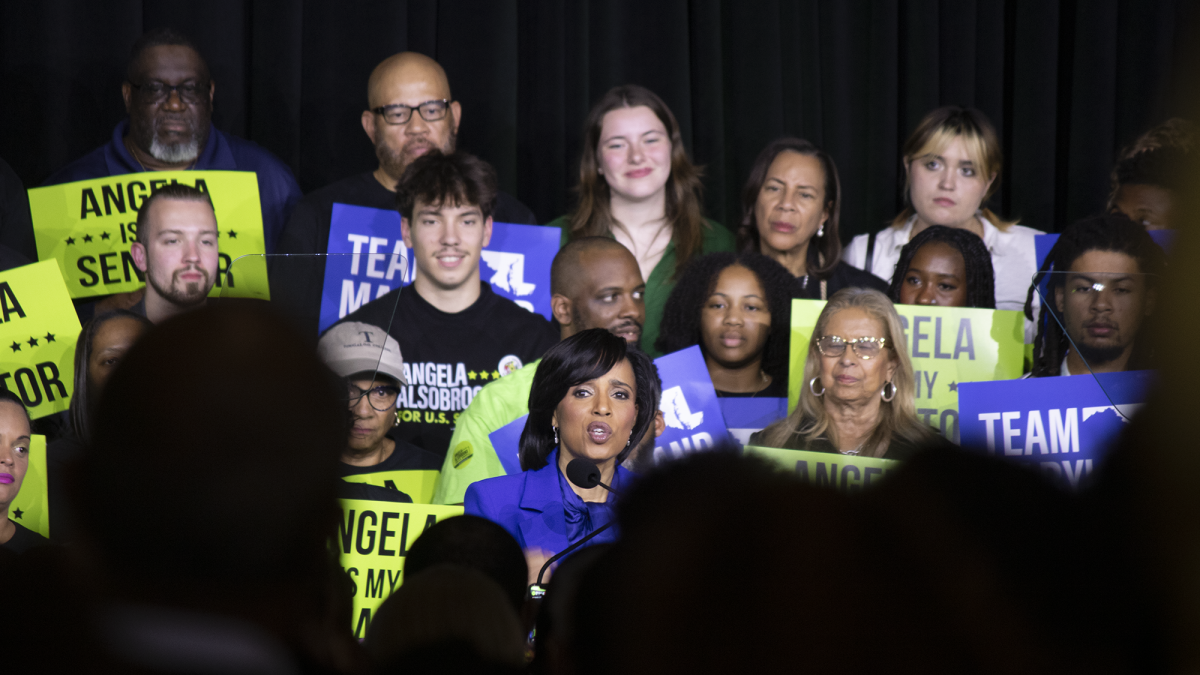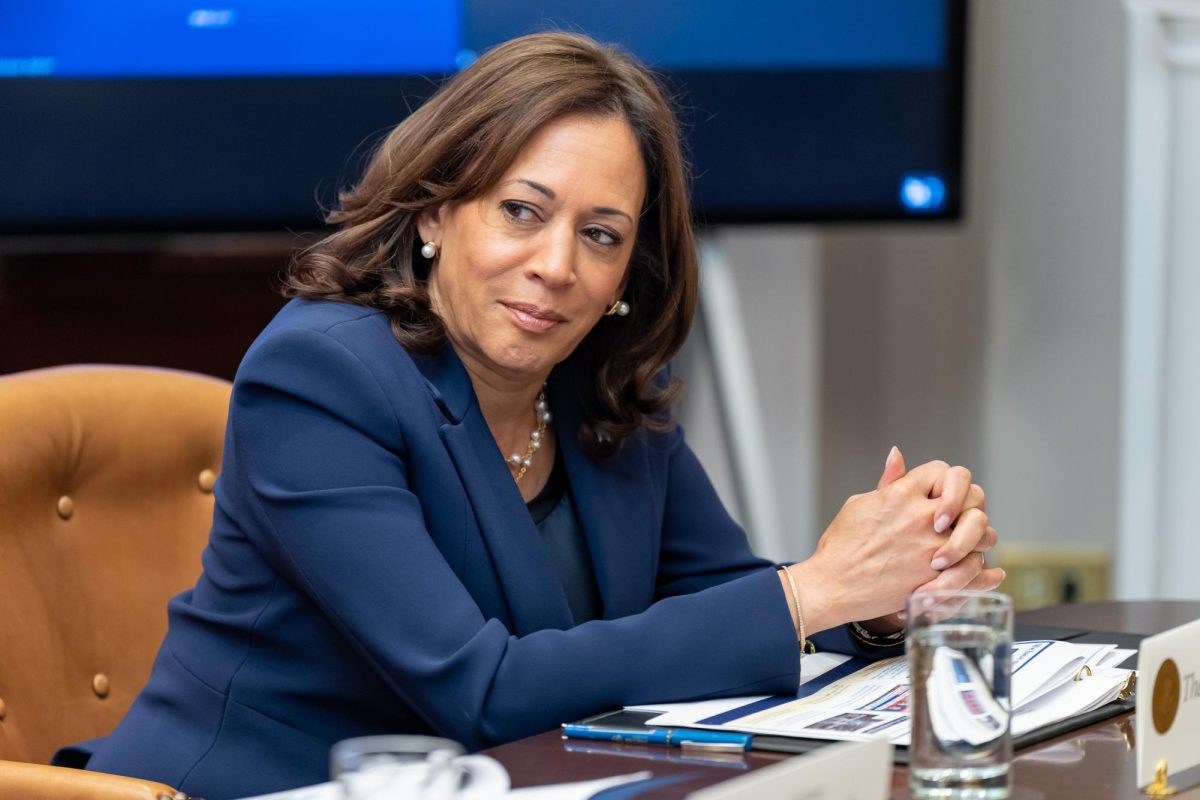The race for Baltimore City’s next mayor has tightened among its top candidates with less than one month until Primary Election day, a new poll from OpinionWorks of Annapolis indicates.
The four leading Democratic candidates for Baltimore’s mayoral office met for the first major debate Wednesday at Morgan State University inside Murphy Fine Arts Center. The candidates often engaged in fiery exchanges — many of which they directed toward incumbent Mayor Brandon Scott.
Scott and his challengers, former Mayor Sheila Dixon, Business Executive Bob Wallace and former Deputy Attorney General Thiru Vignarajah, squared off regarding youth crime and juvenile justice, Baltimore’s police officers shortage, plans regarding Harborplace, improving public education and affordable housing.
“What we cannot do in this city is keep investing citizens’ dollars in projects that don’t benefit neighborhoods, that don’t create jobs for the people of the city,” said Wallace. “For too long we have invested in the shiny buildings but the people in the neighborhoods have not been [focused upon]. That has to stop.”
All three of Scott’s opponents critiqued his leadership ability.
“We need someone who is an adult in the room, we need someone who has a natural skill and leadership skills that can really move the city forward,” said Dixon.
According to the mayor, he led the city in reducing homicide rates by 20% in 2023 — an effort he seeks to reduce to 32% in 2024. Scott also said Baltimore’s unemployment rate was the lowest it had ever been in 2023 and the lowest number of vacant homes in 20 years, “We did all of this leading the right way — without corruption, without scandal.”
Vignarajah drew a correlation between local and national improvements, saying “The reality is the rooster is taking credit for the dawn.”
“Baltimore, four years ago you sent me to City Hall to reduce violence in Baltimore city. I did that … You told me to invest in our neighborhoods and our young people. We’ve been opening brand new [recreation] centers and renovating [recreation] centers,” said Scott.
To Scott and Dixon, supporting Baltimore’s inner-city communities by providing those communities with needed resources and outlets, helps solve another issue: reducing crime. To Wallace however, this was a family issue.
“It doesn’t matter how old the person is, if they’re old enough to commit the crime, they’re old enough to do the time,” said Wallace. “Not only is that child to be held accountable, but their parents also need to be held accountable because we cannot have a city that allows the lawlessness to continue and to hurt our citizens.”
To reduce crime, Dixon focused on solving environmental factors that contribute to crime rates.
“We have to go back to what’s happening in the home as well as in the school,” said Dixon. “This is where community schools come in for me — when we’re working with the families and those children and juvenile services to make sure that we are providing them with the support that they need in order to address those issues.”
Scott said his plan was to support juvenile offenders through Thrive Program, also called Thrive Academy, which provides mentorship services and resources to at-risk youth.
“I am the mayor that has invested more in the public education of our Baltimore City Public School students than anyone in history,” said Scott. “My police officers will continue to make the arrests of anybody that is committing crime, I don’t care how old you are.”
According to Vignarajah, sentences for juvenile offenders often do not reflect the gravity of their actions.
“Today, carjackers, robbers, auto thefts committed by children, committed by youthful offenders are being treated like you’re stealing bubblegum from the cafeteria. These are crimes and we’re condemning these young men and young women to a life of crime because we’re not teaching them that there have to be consequences for that conduct,” said Vignarajah. “We have to get our kids back in our schools, but we also have to teach these young offenders that there are consequences for their conduct …”
Another point of contention between candidates was about the plan to develop Baltimore’s Harborplace — whether it is in the city’s best interest to allow a private developer to buy two vacant pavilions in the Inner Harbor and turn them into a $500 million mixed-use development.
“This is a terrible proposal that was done in a backroom deal in order to maximize the profits of a developer who happened to donate tens of thousands of dollars to my opponents,” said Vignarajah. “The notion that we would tear down these historic buildings and replace them with 900 luxury apartments — it is shameful.”
Harborplace Developers P. David Bramble and Peter Pinkard of MCB Real Estate proposed a plan to revitalize Harborplace with “a 10-story structure at 303 East Pratt St. that would mostly contain offices and a nine-story structure at 301 East Pratt St. mostly containing food and beverage-oriented businesses, with a ‘roof-top park’” according to a Baltimore Fishbowl article from October 2023.
“My challenge is that there needs to be a balance … I want to see a balance that we can attract residents as well as visitors to Baltimore,” said Dixon. “We also have to figure out where the infrastructure money is going to come from. If we don’t involve and engage the community to be a part of that process and do side deals as this mayor has done, then we’re not going to get what the community wants.”
The Baltimore City Council voted to approve the three bills in a 14-1 vote. Scott received and signed the bill, which will put the issue on the November ballot this Fall — Baltimore residents will vote to make the final decision.
Wallace said he has some reservations about the proposal but met with the developers to understand its details.
“We went through this process to make sure that we got it in the hands of a Baltimorean who understood the history of the Inner Harbor — including the history that didn’t allow folks like myself to feel comfortable there,” said Scott. “We know that downtown is our fastest-growing residential neighborhood and we cannot have our face to the world sit there, deteriorating on itself and … be a place where you cannot walk.”
Toward the end of the debate, each candidate promised to improve Baltimore’s public schools and education. Dixon and Scott both proposed solutions that invested in Baltimore’s schools, students, communities and families — although, Dixon’s solution also mentioned the possibility of extending the school day.
“We have to work with families, provide them with the support that they need,” said Dixon.
Vignarajah proposed universal pre-K programs and transportation services. Wallace promised to “lean into education.” Changing the people in education will enable him to fill the positions with new people to “run the system and move it forward,” said Wallace.
Early voting for the Primary election will be May 2 to May 9 from 7:00am to 8:00pm and Primary Election voting is 7:00am to 8:00pm on May 14.

